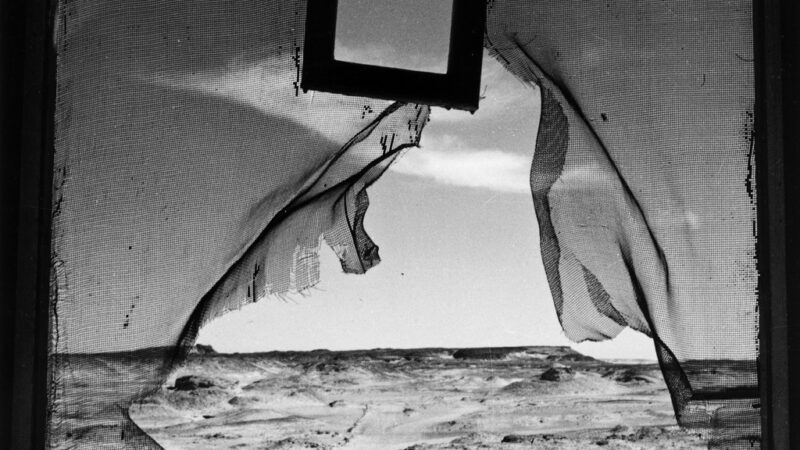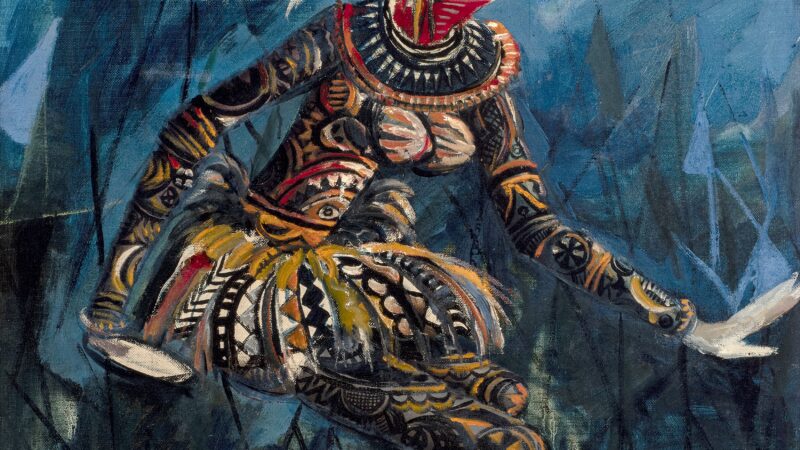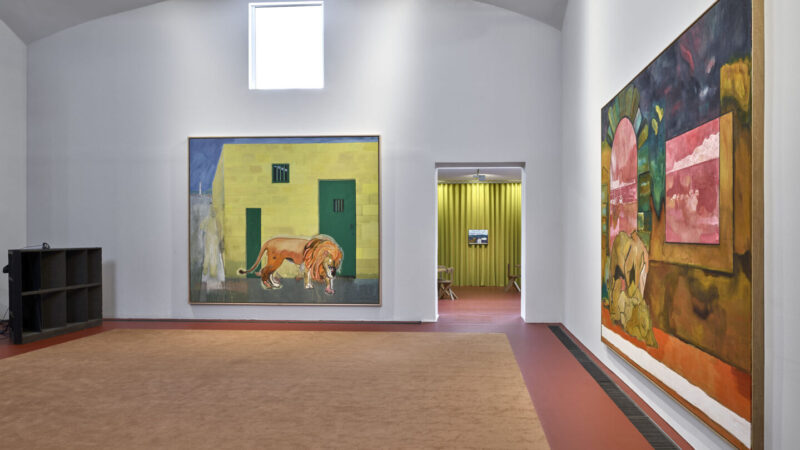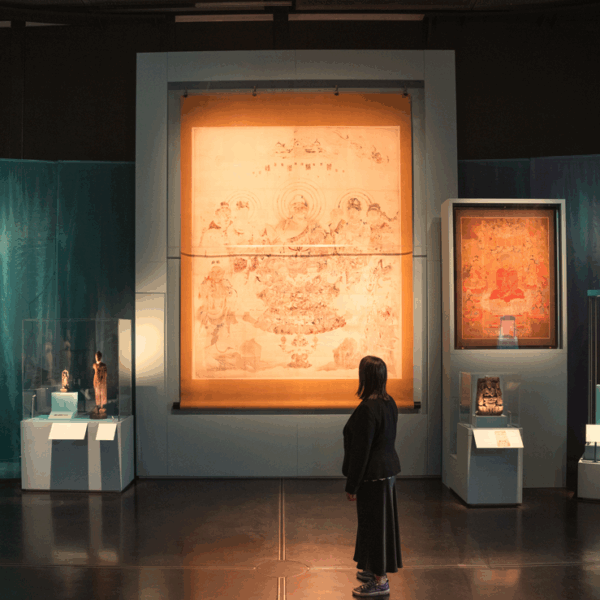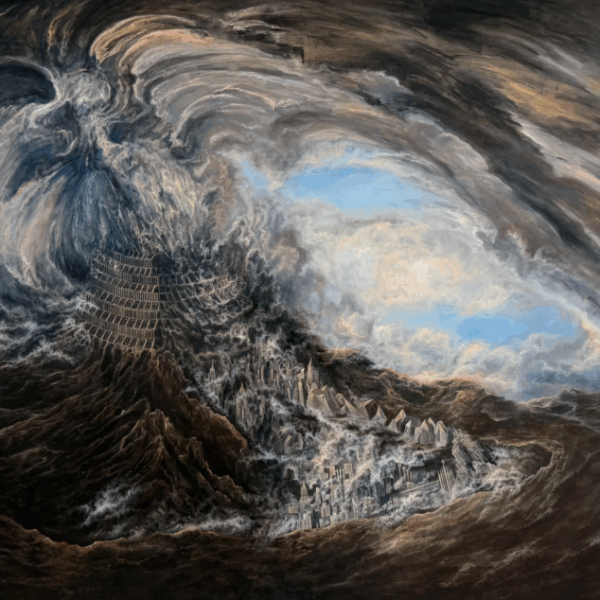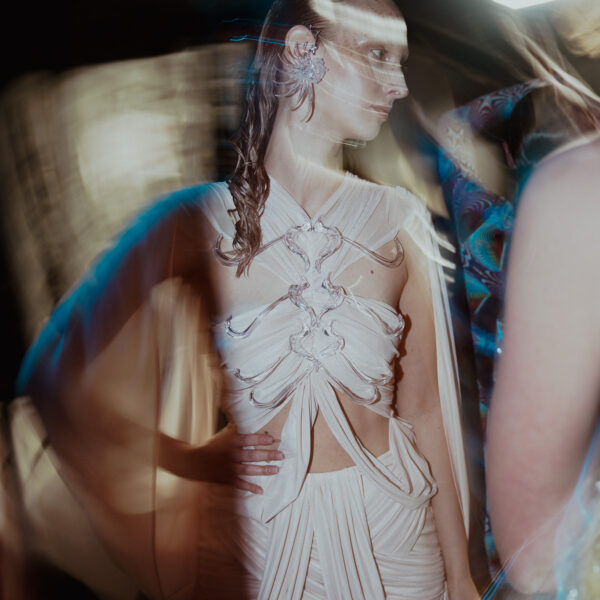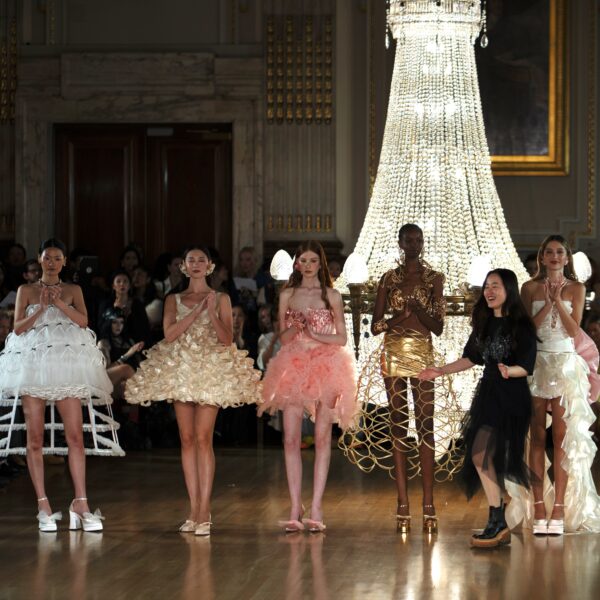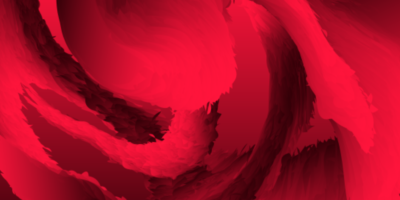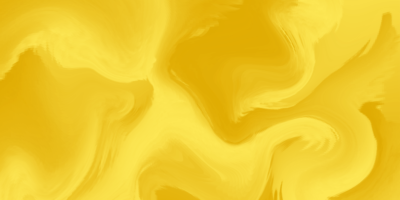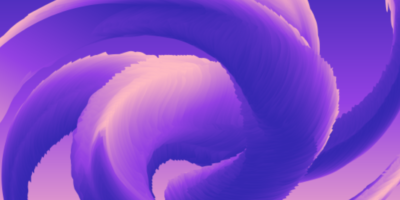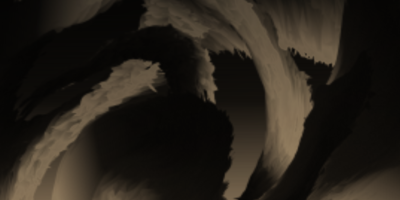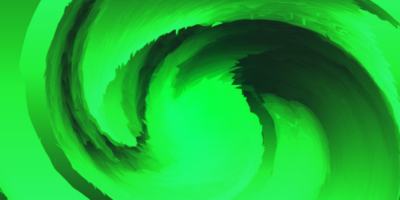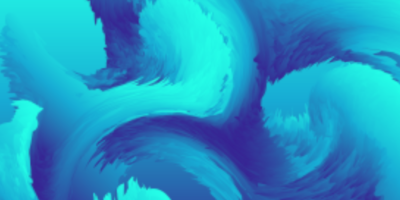Philip Guston | Tate Modern
A new exhibition at Tate Modern is the first major retrospective on Philip Guston in the UK in nearly 20 years.
Born in Canada to a Jewish immigrant family, he grew up in the US and eventually became one of the most celebrated abstract painters of the 1950s and 1960s, alongside Mark Rothko and his childhood friend Jackson Pollock.
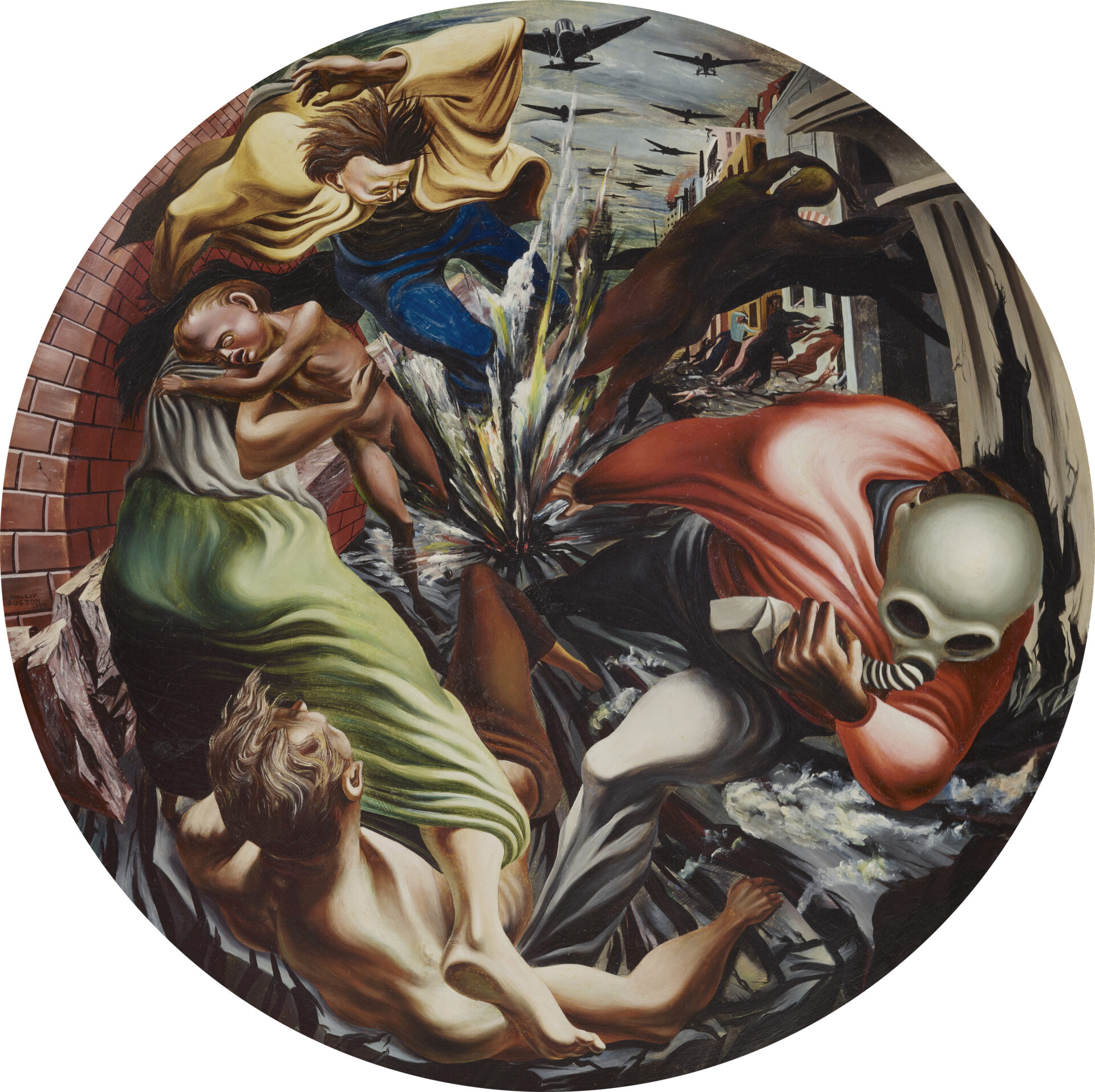
Philip Guston, Bombardment, 1937. Philadelphia Museum of Art © Estate of Philip Guston, courtesy Hauser & Wirth
For over 50 years, artist Philip Guston restlessly made paintings and drawings that captured the anxious and turbulent world he was witnessing. Guston thought hard about the artist’s responsibility to bear witness to ‘the brutality of the world‘. Consistently changing and reinventing, he sought to make work that embodies life’s complexities, its beauty, absurdity, humour and suffering.
His early work included murals and paintings addressing racism in America and wars abroad. During the social and political upheavals of the late 1960s, Guston grew critical of abstraction, and began producing large-scale paintings that feature comic-like figures, some in white hoods representing evil and the everyday perpetrators of racism. These paintings and those that followed established Guston as one of the most influential painters of the late 20th century.
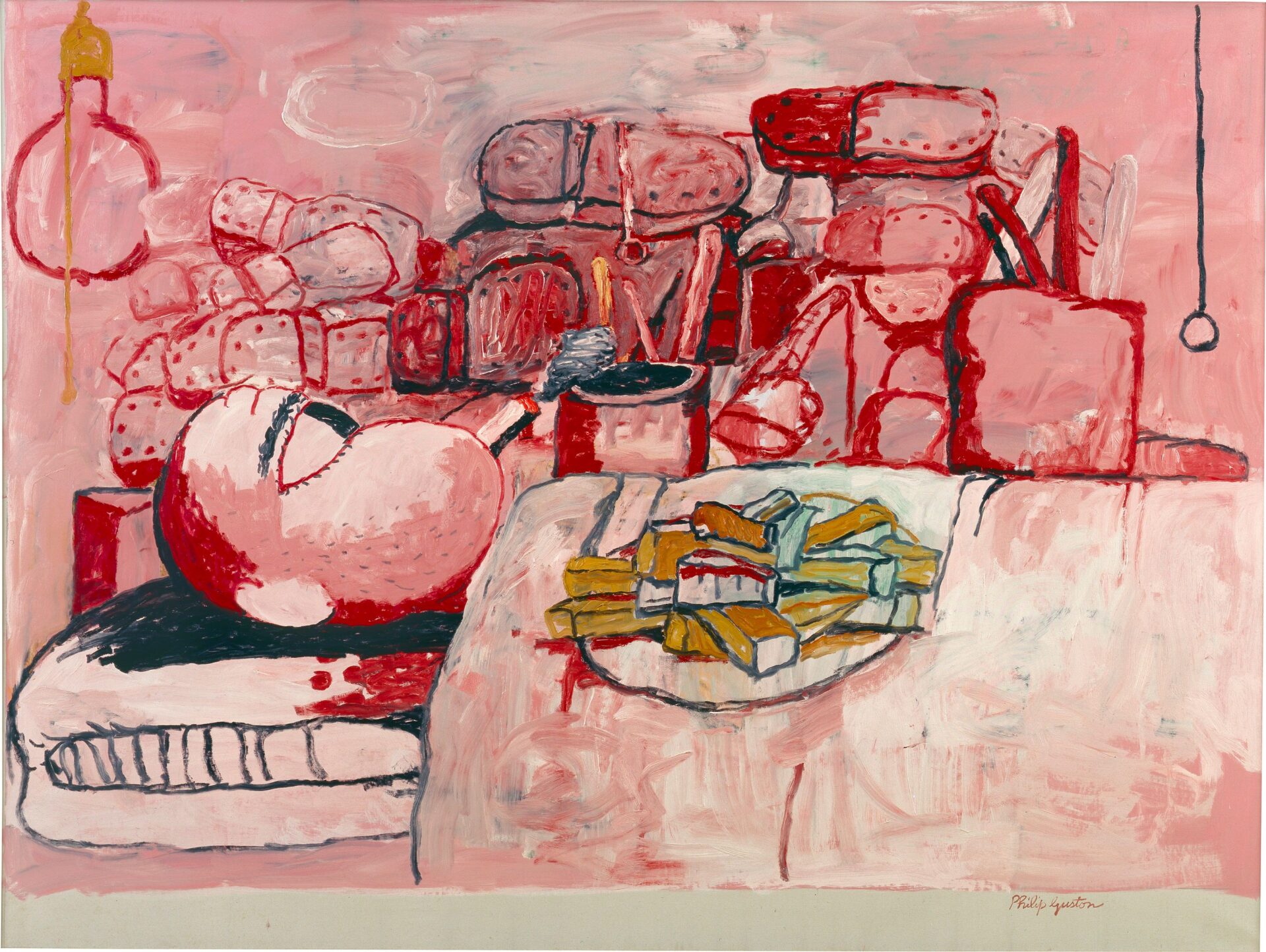
Philip Guston, Painting, Smoking, Eating, 1973. Stedelijk Museum, Amsterdam © The Estate of Philip Guston
Presented chronologically, the exhibition begins with Guston’s early years as the child of Jewish immigrants who had escaped persecution in present-day Ukraine, and the family’s subsequent migration to Los Angeles in 1922. Largely self-taught, Guston was drawn to cartoon imagery, European Old Masters painting, surrealism, and Mexican muralism. Against a threatening backdrop of rising antisemitism and Ku Klux Klan activity that would inform his lifelong stand against racism, the young Guston’s work became increasingly political. Later paintings such as Bombardment 1937 depict the artist’s response to the violence and injustice he saw in the world.
The final decade of Guston’s life, although spent in relative obscurity, was his most productive, when he created some of his most complex and recognisable work. Collaborating widely across disciplines, he took much inspiration from poets of the time. Four poem-pictures, in which he illustrated verses written by his wife, the artist and poet Musa McKim (1908-1992), are included in the exhibition.
Another work presented only at Tate, Sleeping 1977 shows a monumental image of the artist sleeping in bed, vulnerable and dreaming, Throughout this final period, Guston remained as rebellious as ever, creating combinations of dream-like images and nightmarish figures, the imagery for which he is best known.
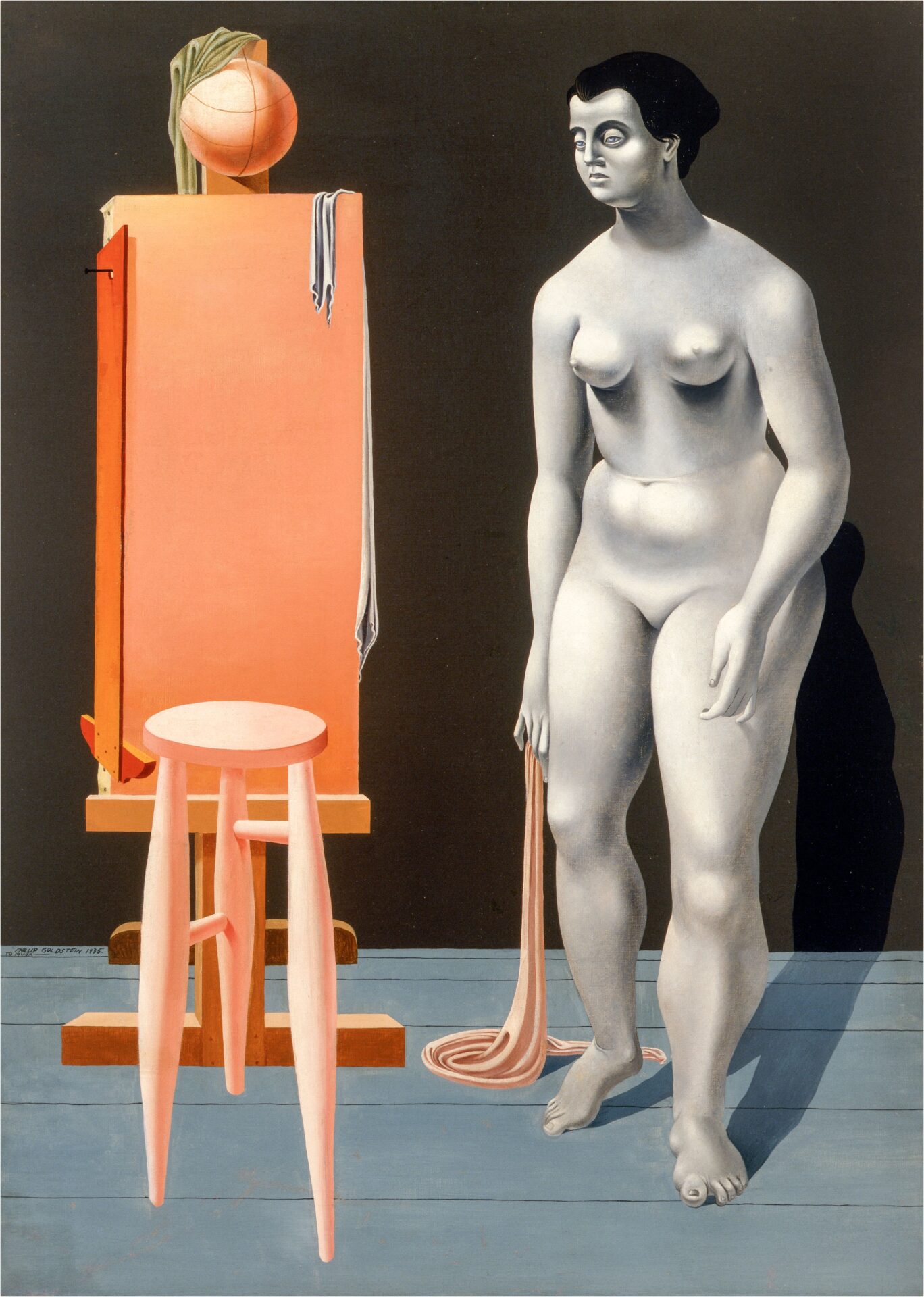
Philip Guston, Female Nude with Easel, 1935, Private Collection. © The Estate of Philip Guston, courtesy Hauser & Wirth
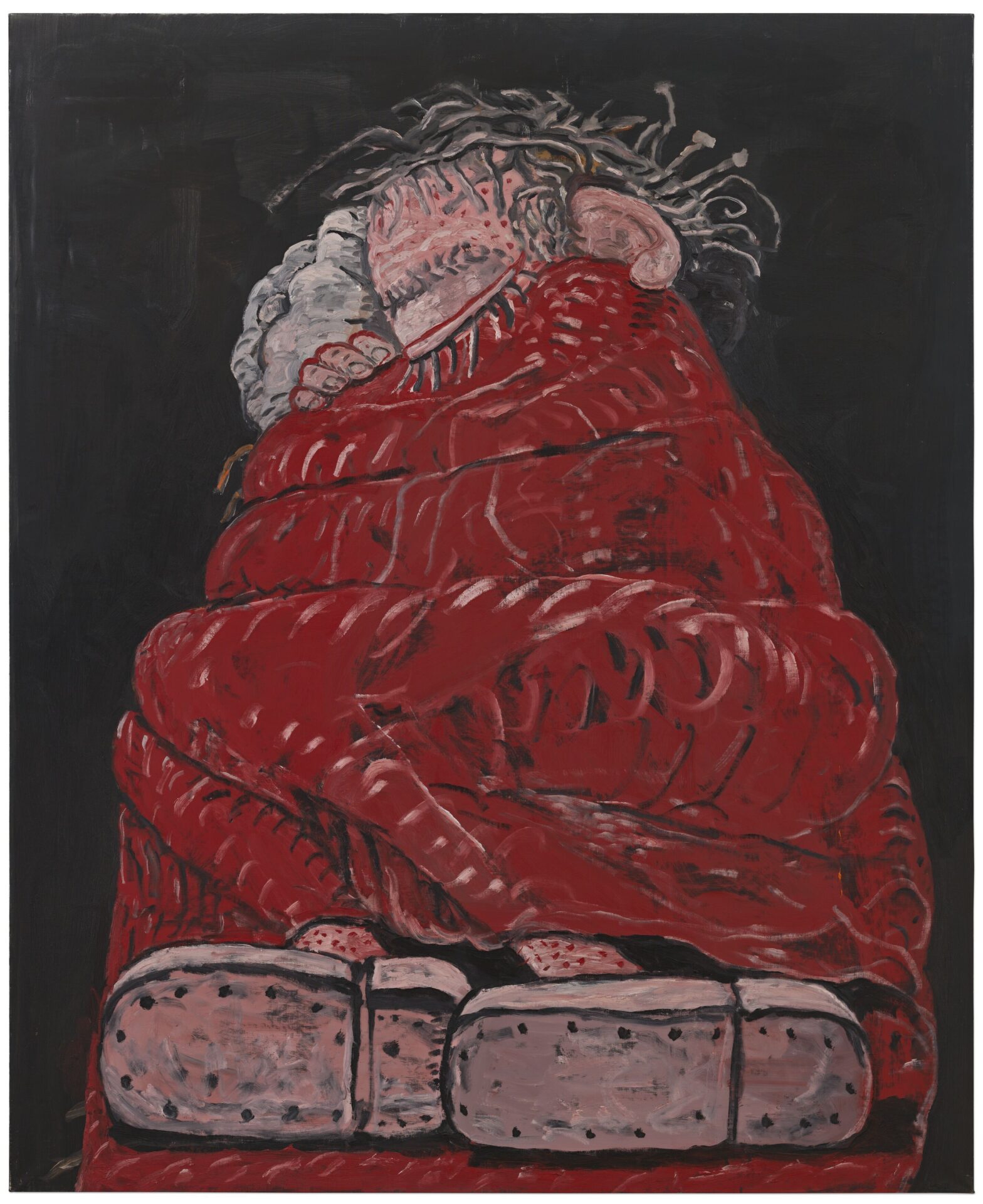
Philip Guston, Sleeping, 1977. © The Estate of Philip Guston, courtesy Hauser & Wirth. Photo Genevieve Hanson
Guston was a complex artist who took inspiration from the nightmarish world around him to create new and surprising imagery. This exhibition explores how his paintings bridged the personal and the political, the abstract and the figurative, the humorous and the tragic.
The exhibition is co-organised by Tate Modern, the Museum of Fine Arts, Boston, the National Gallery of Art, Washington, and the Museum of Fine Arts, Houston.
The exhibition runs to 25 February 2024.
Header: Philip Guston at Tate Modern, London, 2023 © Tate (Larina Fernandes)


